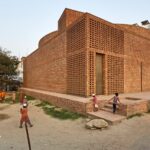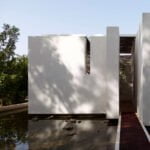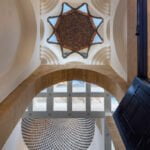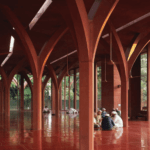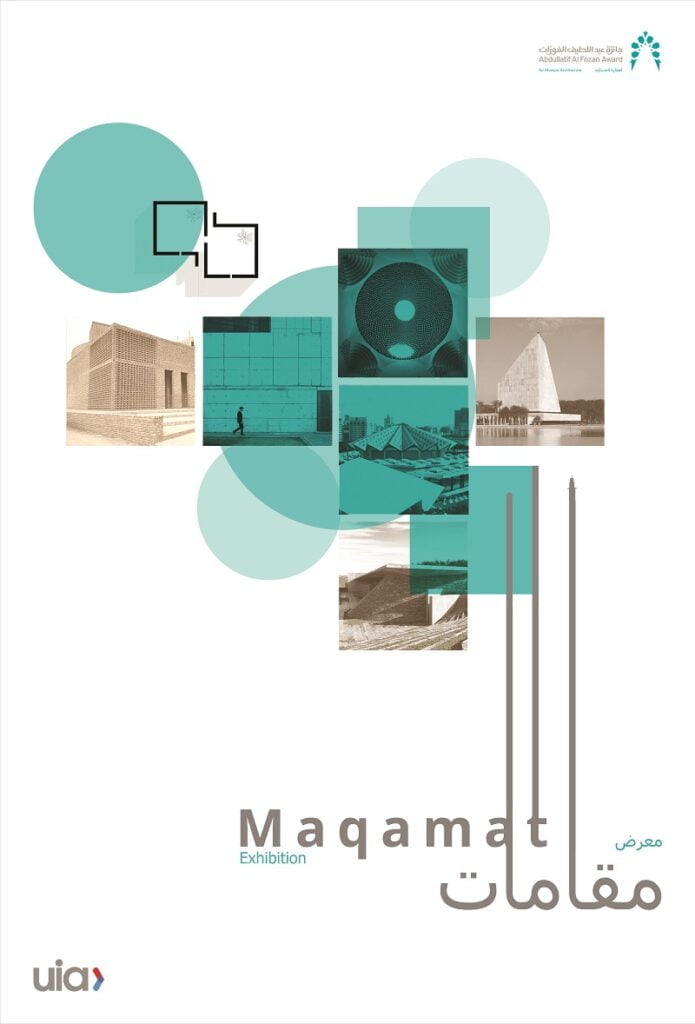
Designing mosques is, as ever, a tactful and complex endeavour. Central to Islamic art, mosque architecture remains a balancing act between beauty and utility — a conscious weaving of cultural history, stories of the community, and a proportionate use of resources and technology; all while being directed to the awareness of the Divine so pivotal in the Islamic tradition. All this was at the core of “Maqamat,” a photography exhibition by the Abdullatif Al Fozan Award for Mosque Architecture (AFAMA) in collaboration with Islamic Arts Museum Malaysia. In its Third Cycle (2017 – 2020), the Award has shortlisted twenty-seven mosques, most of it contemporarily designed and built, seen as actively exploring the said questions in mosque architecture.
“What should a mosque look like?” remains an evergreen question. Is mosque architecture passive and static? How does a mosque architecture interact with its immediate cultural and environmental context? Could this creative act remain robust and imaginative, and if yes, why, and how? Vivid images and drawings in the “Maqamat” thus lend us a glimpse on how architects from Indonesia to Ghana continue to engage carefully with the relationship between man and nature, technology, economy, and social background in mosque design, driven no less by the spiritual impetus of duty, conviction, and faith.
Log on to alfozanaward.org to learn more about the Award.
